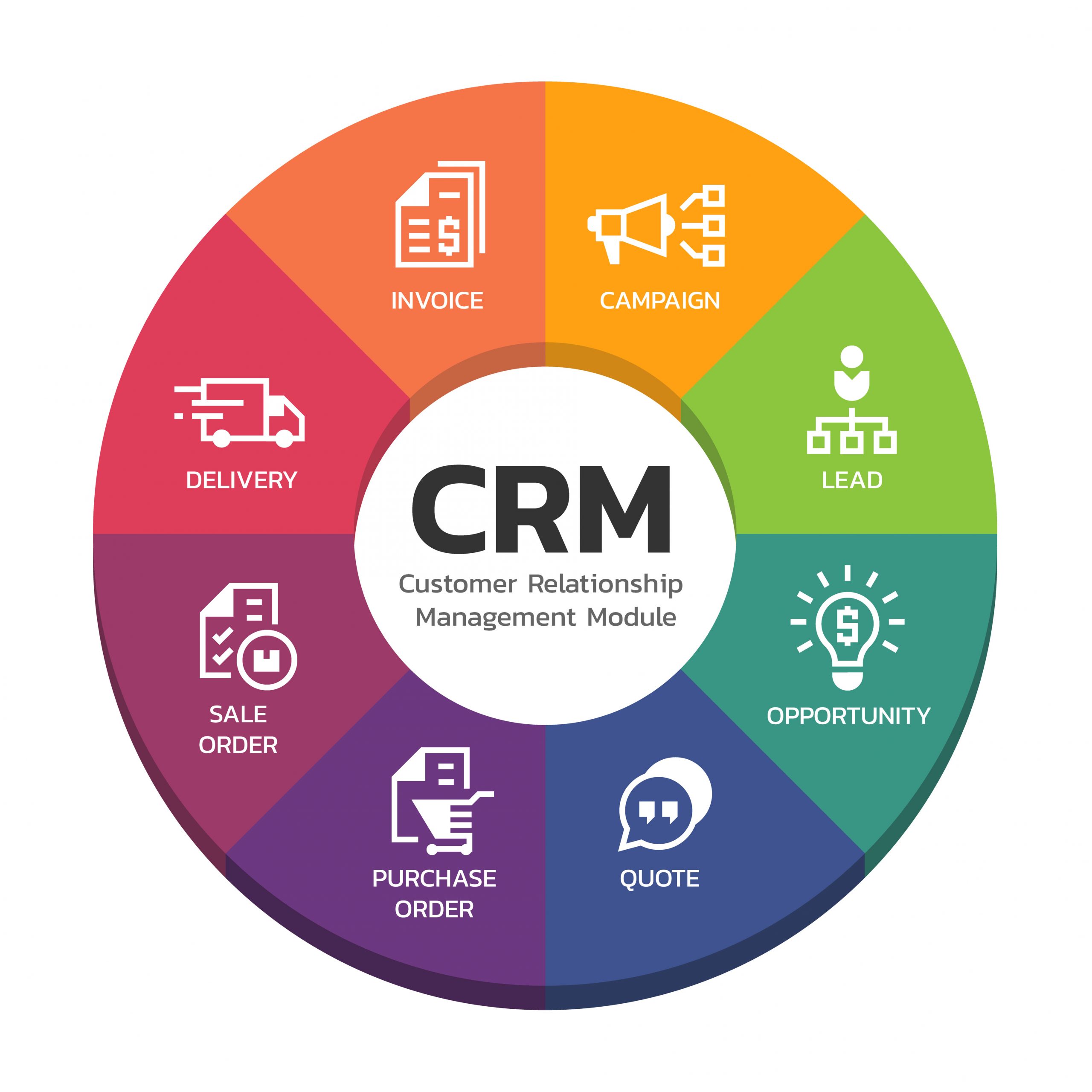Crm for economic development – Harnessing the power of Customer Relationship Management (CRM) in economic development is a game-changer, unlocking new avenues for fostering economic growth and prosperity. This technology empowers organizations to nurture relationships with key stakeholders, streamline processes, and gain valuable insights to drive informed decision-making.
By leveraging CRM systems, economic development organizations can effectively manage and track interactions with businesses, investors, and community members. This enables them to identify opportunities, provide targeted support, and measure the impact of their initiatives, ultimately contributing to a thriving and sustainable local economy.
CRM for Economic Development
CRM for Economic Development: An Overview
Customer Relationship Management (CRM) is a crucial tool for economic development organizations seeking to foster economic growth and prosperity. By leveraging CRM systems, these organizations can effectively manage and nurture relationships with businesses, investors, and community stakeholders, ultimately driving economic development initiatives.
CRM systems provide a centralized platform for capturing, organizing, and analyzing data related to economic development activities. This data can include information on potential investors, business leads, site selection criteria, and project progress. By leveraging this data, economic development organizations can gain valuable insights into the needs and preferences of their target audiences, enabling them to tailor their strategies accordingly.
Benefits of Implementing a CRM System for Economic Development Organizations
Implementing a CRM system offers numerous benefits for economic development organizations, including:
- Improved communication and collaboration: CRM systems facilitate seamless communication and collaboration among team members, ensuring that all relevant information is shared and accessible.
- Enhanced lead management: CRM systems help organizations manage leads effectively, tracking their progress through the sales pipeline and identifying opportunities for conversion.
- Customized marketing campaigns: CRM systems allow organizations to segment their target audiences and create targeted marketing campaigns that resonate with their specific needs.
- Data-driven decision-making: CRM systems provide valuable data and analytics that enable organizations to make informed decisions based on real-time insights.
- Increased efficiency: CRM systems automate many repetitive tasks, such as data entry and reporting, freeing up staff to focus on more strategic initiatives.
Key Features of a CRM for Economic Development

A CRM system designed specifically for economic development initiatives should possess a robust set of features that cater to the unique needs of this field. These features empower organizations to manage relationships with businesses, track progress, and measure the impact of their efforts, ultimately contributing to economic growth and prosperity.
Data Management and Analytics, Crm for economic development
A comprehensive CRM system provides a centralized platform for managing and analyzing data related to businesses, projects, and initiatives. This includes capturing and storing contact information, project details, funding sources, and other relevant data. Advanced analytics capabilities enable organizations to identify trends, measure performance, and make informed decisions based on data-driven insights.
Relationship Management
Economic development involves building and maintaining strong relationships with businesses, investors, and community stakeholders. A CRM system facilitates relationship management by providing tools for tracking interactions, managing communications, and nurturing relationships. This helps organizations stay connected with key contacts, build trust, and foster collaboration.
Project Management
CRM systems offer project management capabilities that enable organizations to plan, track, and manage economic development projects effectively. These features include task management, timelines, budgeting, and collaboration tools. By streamlining project management processes, organizations can ensure that projects are completed on time, within budget, and with the desired outcomes.
Impact Measurement
Measuring the impact of economic development initiatives is crucial for demonstrating their effectiveness and securing funding. A CRM system provides tools for tracking key performance indicators (KPIs), such as job creation, investment attraction, and business growth. This data helps organizations quantify their impact and demonstrate the value of their efforts to stakeholders.
Integration with Other Systems
To maximize efficiency and productivity, a CRM system should integrate seamlessly with other software applications used by economic development organizations. This includes integration with accounting systems, email marketing platforms, and geographic information systems (GIS). By connecting data and automating processes, organizations can streamline operations and gain a comprehensive view of their economic development activities.
Examples of Successful CRM Implementations
Numerous economic development organizations have successfully implemented CRM systems to enhance their operations and achieve their goals. For example, the Greater Houston Partnership, a leading economic development organization in Texas, implemented a CRM system to manage relationships with over 10,000 businesses.
The system has enabled the organization to track progress, measure impact, and identify opportunities for collaboration, resulting in significant economic growth in the region.
Implementing a CRM for Economic Development

Implementing a CRM system for economic development organizations involves a series of steps that ensure effective integration and utilization of the technology. These steps encompass data collection, management, analysis, and customization to align the CRM system with the specific needs of the organization.
Data Collection
Effective data collection is crucial for a robust CRM system. It involves gathering relevant information from various sources, including surveys, website forms, social media, and industry reports. Data should be accurate, complete, and standardized to facilitate seamless data management and analysis.
Data Management
Once collected, data must be organized and managed efficiently to maximize its utility. This includes data cleansing, deduplication, and segmentation. Data cleansing removes errors and inconsistencies, deduplication eliminates duplicate entries, and segmentation categorizes data based on specific criteria, enabling targeted outreach and analysis.
Data Analysis
Data analysis is essential for extracting meaningful insights from the collected data. CRM systems offer robust analytical tools that allow organizations to track key performance indicators (KPIs), identify trends, and measure the effectiveness of their economic development initiatives. This analysis helps organizations make informed decisions and adjust their strategies accordingly.
Customization
Customizing the CRM system to meet specific organizational needs is vital. This involves configuring the system to align with the organization’s unique processes, workflows, and reporting requirements. Customization ensures that the CRM system becomes an integral part of the organization’s operations, enhancing efficiency and effectiveness.
Measuring the Impact of CRM on Economic Development
Measuring the impact of a CRM system on economic development initiatives is crucial to demonstrate its value and justify ongoing investment. By tracking and analyzing key metrics, organizations can quantify the positive effects of CRM on various aspects of economic development, including job creation, business growth, and community revitalization.
Key Metrics for Measuring Impact
- Number of new businesses created:Track the number of new businesses that have been established or supported through CRM initiatives.
- Number of jobs created:Calculate the number of new jobs that have been created as a result of CRM-related activities, such as business development, investment attraction, and workforce development.
- Amount of investment attracted:Measure the amount of investment that has been attracted to the community through CRM efforts, including foreign direct investment, venture capital, and government grants.
- Increase in tax revenue:Estimate the increase in tax revenue generated by new businesses and jobs created through CRM initiatives.
- Community revitalization indicators:Track improvements in community revitalization indicators, such as increased property values, reduced crime rates, and improved quality of life.
Tracking and Analyzing Metrics
To effectively measure the impact of CRM on economic development, organizations should establish a robust system for tracking and analyzing key metrics. This may involve using a combination of data sources, such as CRM system reports, economic development databases, and surveys.
Regularly analyzing the collected data will help organizations identify trends, evaluate the effectiveness of CRM initiatives, and make informed decisions about future investments. By demonstrating the positive impact of CRM on economic development, organizations can build a strong case for continued support and resources.
Case Studies
Several organizations have successfully measured the impact of their CRM systems on economic development. For example, the city of Austin, Texas, used a CRM system to track and manage its economic development initiatives. The city was able to demonstrate that the CRM system helped to increase the number of new businesses created by 25% and attract over $1 billion in new investment.
Another example is the state of Ohio, which implemented a CRM system to support its economic development efforts. The state was able to track the impact of its CRM system on job creation, investment attraction, and community revitalization. The system helped to create over 100,000 new jobs, attract over $5 billion in new investment, and revitalize several communities across the state.
Emerging Trends in CRM for Economic Development

The landscape of CRM technology is constantly evolving, and these advancements are having a profound impact on the field of economic development. Emerging trends such as artificial intelligence (AI) and data analytics are opening up new possibilities for economic development organizations to engage with businesses, track progress, and measure the impact of their initiatives.
Artificial Intelligence (AI)
AI is revolutionizing the way that CRM systems are used for economic development. AI-powered tools can automate tasks, provide insights into data, and make predictions that can help economic development organizations to be more efficient and effective. For example, AI can be used to:
- Automate lead generation and qualification
- Provide real-time insights into customer behavior
- Predict future trends and opportunities
Data Analytics
Data analytics is another key trend that is shaping the future of CRM for economic development. Data analytics tools can help economic development organizations to track progress, measure the impact of their initiatives, and identify areas for improvement. For example, data analytics can be used to:
- Track key performance indicators (KPIs)
- Measure the return on investment (ROI) of economic development initiatives
- Identify trends and patterns that can inform future decision-making
Last Word
In conclusion, CRM for economic development is an essential tool that empowers organizations to foster economic growth, enhance stakeholder engagement, and drive measurable results. By embracing innovative CRM solutions and leveraging data-driven insights, economic development organizations can unlock the full potential of their communities and create a brighter future for all.
Top FAQs
What are the key benefits of using CRM for economic development?
CRM systems offer numerous benefits, including improved stakeholder engagement, streamlined processes, data-driven insights, and enhanced decision-making.
How can CRM help organizations measure the impact of their economic development initiatives?
CRM systems provide key metrics and reporting capabilities that allow organizations to track and analyze the outcomes of their initiatives, demonstrating their value and impact.
What are some emerging trends in CRM for economic development?
Emerging trends include the integration of artificial intelligence, data analytics, and mobile technologies, which enhance CRM capabilities and drive innovation in economic development.